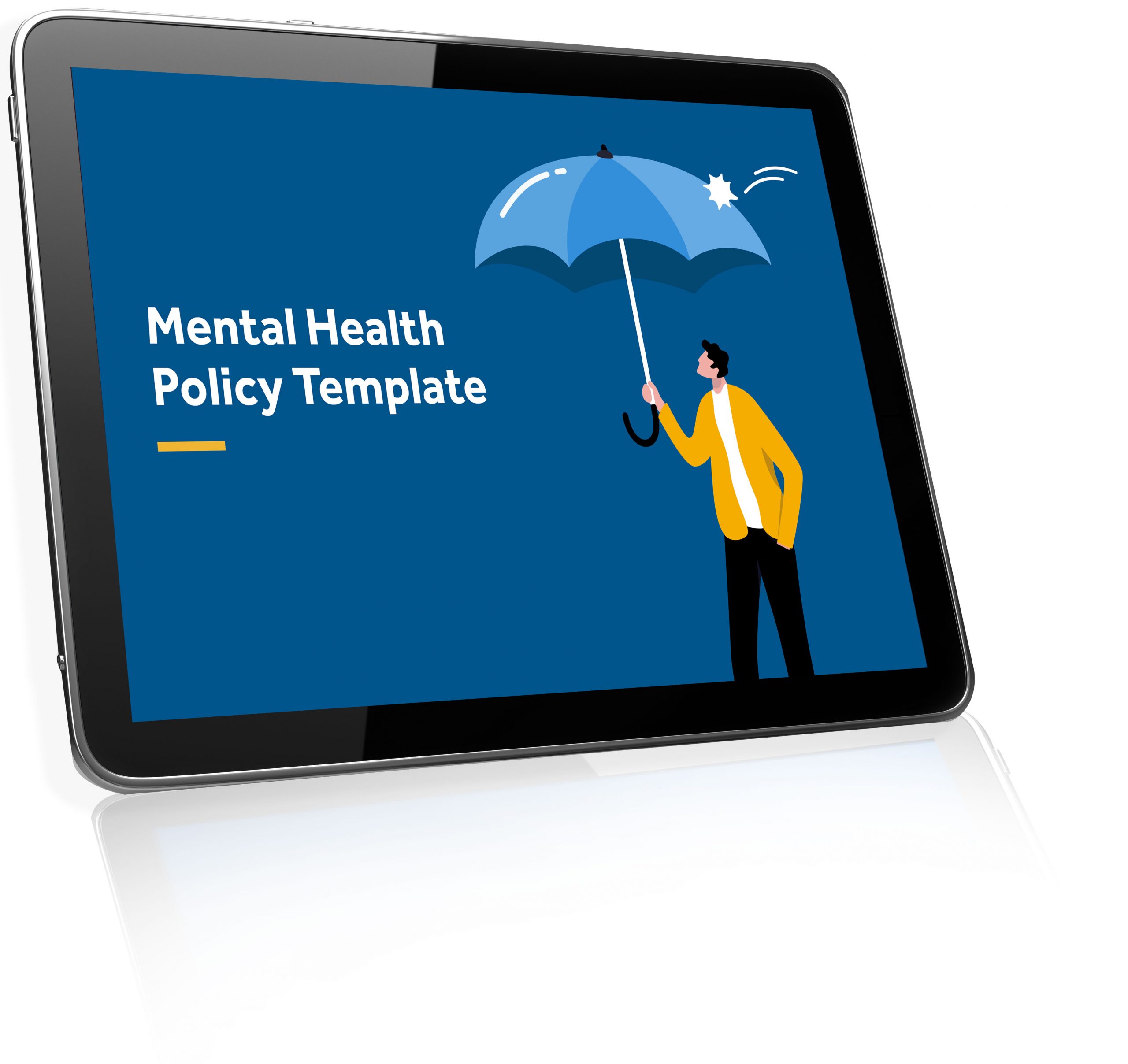
Research has revealed that levels of distress, depression, stress, and suicidality are high for New Zealanders aged 18-34. The global pandemic and resulting financial uncertainty have created an additional burden on professionals and employees. Employees are the foundation of your business, and they need looking after. Some employers offer extra benefits as part of an employee health and safety or wellness plan. An employee assistance programme (EAP) can offer your employees, and often their families, support – for example counselling – to help them cope with workplace issues and personal problems that could have a negative effect on their work performance.
What Is an Employee Assistance Programme?
Studies have shown that the three top issues impacting New Zealander’s mental health are:
finances
relationships with friends and family
not getting enough sleep
An EAP provides work-based short-term problem-solving and counselling services aimed at improving the emotional, mental and general health of employees.
EAP services may include:
Access to free and confidential professional counselling for work and personal issues
Health promotion information
Fitness and relaxation information and exercise programs
Training e.g., time management, learning other coping skills.
Work and personal issues include relationship, marital, financial, gambling, (mental) health, trauma, communication or substance and alcohol abuse problems. An EAP enables your employee to reach out in confidence to a qualified professional to help identify and resolve these problems.
Benefits Of Employee Assistance Programmes
Research shows that a business that is supportive of employee wellbeing often sees an increase in productivity and employee engagement. The use of EAPs is how larger businesses support the mental wellbeing of staff, while flexible working arrangements are a key option for smaller businesses.
Improves Productivity
A 2019 report shows that businesses in New Zealand lost a total of 7.4 million working days due to employee absenteeism in 2018, which translates to a direct cost of $1.79 million. There was an impact on employee productivity, in that staff who have good emotional, as well as physical health, perform better.
Helps Attract Talent
Another key benefit of a supportive workplace is employees consider this kind of business more attractive to work for. For example, a study amongst construction workers found wellness and personal development was top of the employees’ list in terms of work-life balance and benefits, and that to attract and retain valuable employees the construction industry must provide work-life benefits, reasonable working hours, and a supportive workplace culture.
Support For Managers
Managers play an important part in supporting a healthy workplace, and in turn need support to be effective. Managers influence their direct reports positively by setting examples of healthy habits, providing leadership, guidance and support, rewarding and recognising employee contributions as well as flagging any issues or changes in behaviour early on.

Increase revenue
EAPs are designed to support your staff and help them through their challenges. For businesses, the benefit is crystal clear. Every $1 spent on mental health actions potentially delivers a return of $2.30 to your business.
This happens as:
Staff feel motivated and productive
They take lesser sick days
Staff commit long-term to the company and role
Reduce absenteeism
When your employees face personal challenges, they are bound to take excessive leave.
Mental health issues can cause fatigue and stress that can lead to staff taking more sick days. By having an EAP, you allow your employees to start improving their health and feel 100%.
Grow with Employsure
Employsure has worked with 30,000 businesses across Australia and New Zealand. We understand the challenges they face.
Call our 24/7 Advice Line today to get all your questions answered.
*This document is intended to act as general information. Please consult an expert before implementing any programmes.







